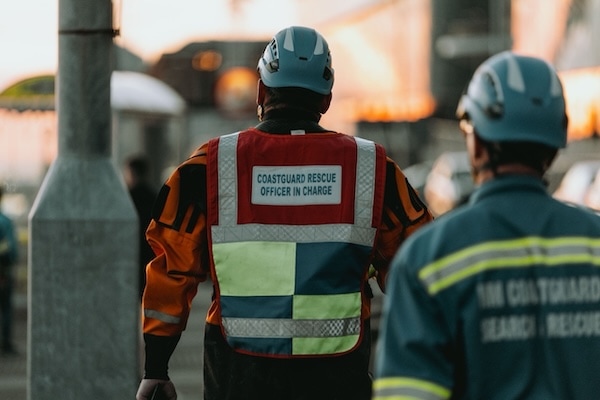Introduction to Workplace Fall Statistics
In the contemporary workplace, safety remains a paramount concern, with falls representing a significant aspect of occupational hazards. This comprehensive analysis aims to delve deeply into the statistics of workplace falls, shedding light on the trends, causes, and prevention strategies. Understanding these facets is crucial for enhancing workplace safety and mitigating risks.
Trends in Workplace Fall Incidents
Recent years have witnessed a noticeable fluctuation in workplace fall incidents. According to the Bureau of Labor Statistics, the number of fall-related injuries and fatalities has shown both increases and decreases over various periods. This section will analyze these trends, offering insights into the changing dynamics of workplace safety.
Major Causes of Workplace Falls
Identifying the root causes of falls in the workplace is critical for developing effective prevention strategies. Common causes include:
1. Inadequate Safety Measures: Often, falls occur due to insufficient safety protocols or failure to adhere to established guidelines.
2. Poor Working Conditions: Slippery surfaces, cluttered work areas, and inadequate lighting are prime contributors to fall incidents.
3. Lack of Training: Employees lacking proper training are more susceptible to falls, highlighting the need for comprehensive safety education.
Impact of Workplace Falls on Employees and Organizations
The consequences of falls in the workplace extend beyond physical injuries to employees. These incidents can lead to significant financial losses for organizations, stemming from medical expenses, legal liabilities, and loss of productivity. Understanding this impact is crucial for comprehending the full scope of workplace fall hazards.
Industry-Specific Fall Statistics
Different industries exhibit varying levels of risk regarding workplace falls. Industries such as construction, manufacturing, and healthcare report higher instances of fall-related incidents. This section provides a detailed analysis of industry-specific statistics, offering valuable insights into the sectors most affected by fall hazards.
Demographic Analysis of Fall Victims
Workplace falls do not impact all demographics equally. Factors such as age, gender, and job role play a significant role in the likelihood of experiencing a fall at work. This demographic analysis aims to highlight these differences, providing a clearer understanding of the populations most at risk.
Comparative Analysis of National and Global Fall Statistics
By comparing national statistics with global data, we can gain a broader perspective on workplace falls. This comparative analysis will explore how different countries and regions fare in terms of fall incidents, offering a global viewpoint on this pressing issue.
Preventative Measures and Best Practices
Preventing workplace falls is not only a matter of regulatory compliance but also of ethical responsibility. This section outlines the best practices and preventive measures that can significantly reduce the risk of falls, including:
– Implementation of Safety Protocols: Establishing and enforcing robust safety guidelines is fundamental.
– Regular Safety Training: Providing ongoing training to employees enhances their awareness and adherence to safety measures.
– Workplace Audits: Regular audits help identify potential hazards and implement corrective actions promptly.
Technological Advancements in Fall Prevention
The integration of technology in fall prevention strategies marks a significant advancement in workplace safety. Innovations such as wearable tech, advanced surveillance systems, and AI-driven risk assessment tools are transforming how organizations approach fall prevention.
Legal and Regulatory Landscape
Understanding the legal and regulatory framework surrounding workplace safety is vital. This section delves into the laws and standards governing workplace falls, providing a comprehensive overview of the legal obligations of employers and employees.
Conclusion: Towards a Safer Workplace
In conclusion, the comprehensive analysis of workplace fall statistics underscores the importance of proactive measures in ensuring a safer work environment. By understanding the trends, causes, and impacts of workplace falls, organizations can implement effective strategies to safeguard their employees and mitigate risks.







